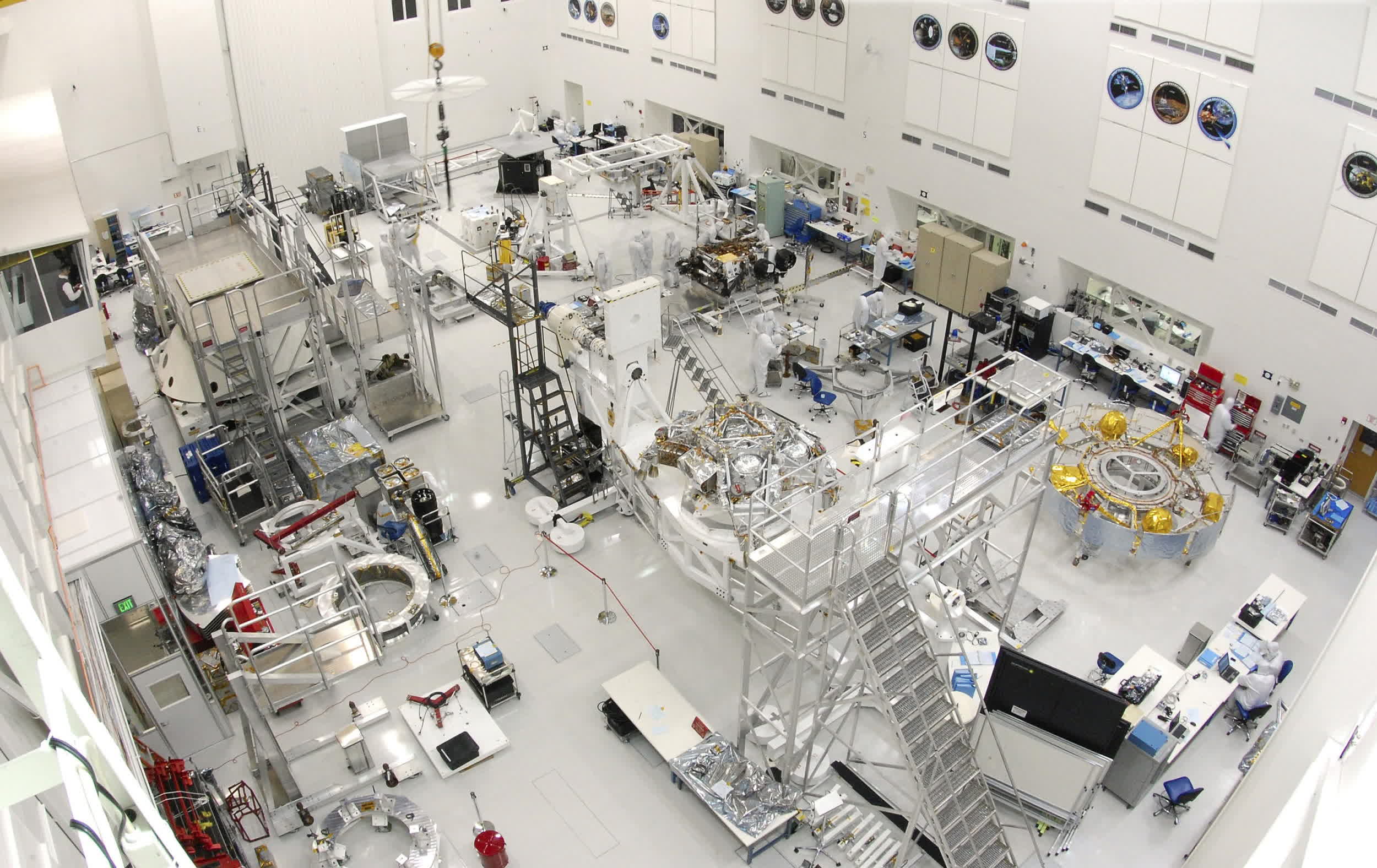Space Wonder: Voyager 1 has been sending data and amazing photos of space back to Earth for almost 50 years now, and its job isn't finished. The probe was put "offline" by a computer issue a few months ago, but its remaining instruments are now back collecting information.
NASA recently said that Voyager 1 is back to its "normal science operations" following the technical issue first discovered in November 2023. The probe still has four working instruments recording data on plasma waves, magnetic fields, and particles for scientists here on Earth.
Back in 2023, Voyager 1 started sending a useless series of ones and zeroes instead of its usual "space reports," leading NASA engineers to fear the worst. The source of the issue was eventually identified as a faulty chip in the probe's flight data subsystem (FDS), one of Voyager 1's three onboard computers designed to package scientific and engineering data before sending it back to Earth.
Voyager 1 has long left the Solar System and its protective "bubble" known as heliosphere, which means that NASA cannot possibly send a repair mission to replace the non-working chip anytime soon.
NASA's Jet Propulsion Laboratory (JPL), the California center which developed the twin Voyager spacecrafts and many other space exploration programs, conceived a complex plan to bring Voyager 1 back online. The probe started to resume communications this past April, assessing its status and providing the US space agency with the additional time needed to fix it remotely.

JPL's Voyager mission team executed the second step of the repair plan on May 19, sending the probe a command to start returning scientific data again. Two of the four working instruments were back to their normal operating modes right away, NASA said, while the other two required some "additional work."
While Voyager 1 is again studying outer space, the agency still has some additional minor work to do to clean up the effects of the faulty chip. JPL engineers will now need to resynchronize the "timekeeping software" in the three onboard computers so that they can execute commands sent from Earth at exactly the same time.
Furthermore, NASA will have to perform remote maintenance on the "digital tape recorder" aboard Voyager 1, which holds data collected from the plasma wave instrument before sending it to Earth every six months. Most of Voyager's data is sent directly to our planet without being recorded first.
The achievements made by the Voyager program, and by Voyager 1 in particular, are nothing short of spectacular from a scientific standpoint. Voyager 1 was launched on September 5, 1977, with the Jupiter and Saturn systems as its main mission targets. Almost 50 years later, the space probe is still operating more than 14.9 billion miles from Earth, and NASA plans to establish its latest contact with the probe by 2036. Voyager 2, meanwhile, is 12.4 billion miles away.
